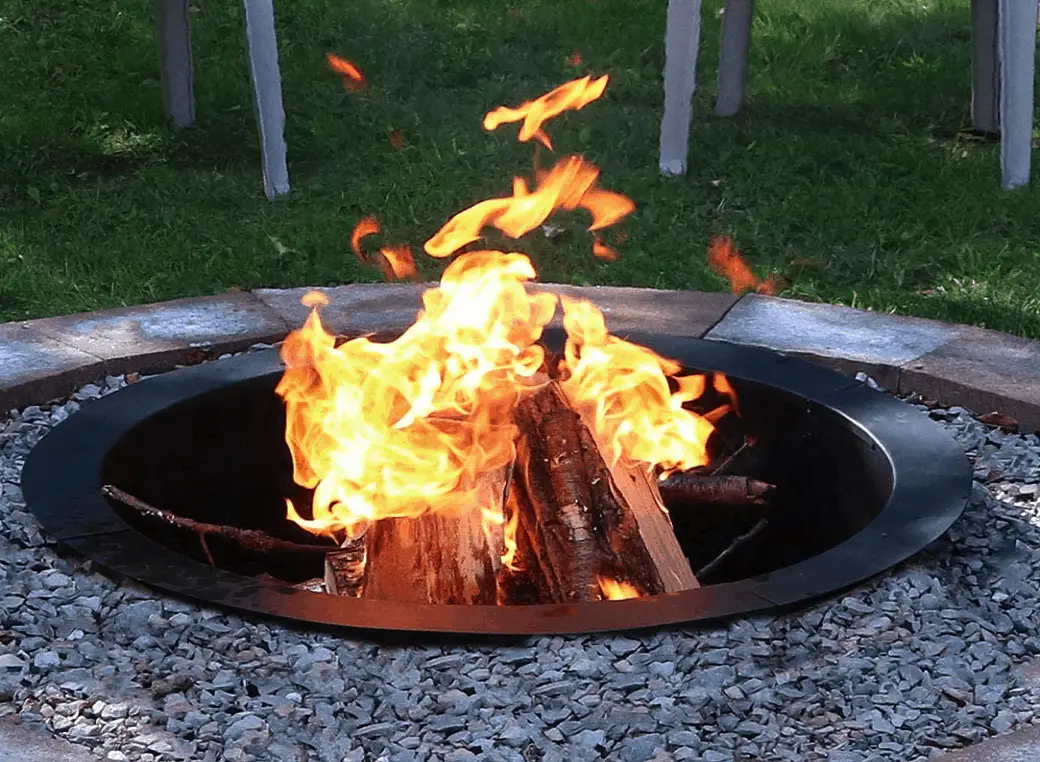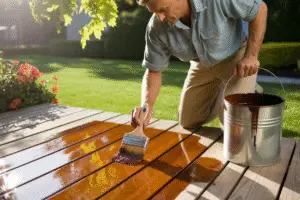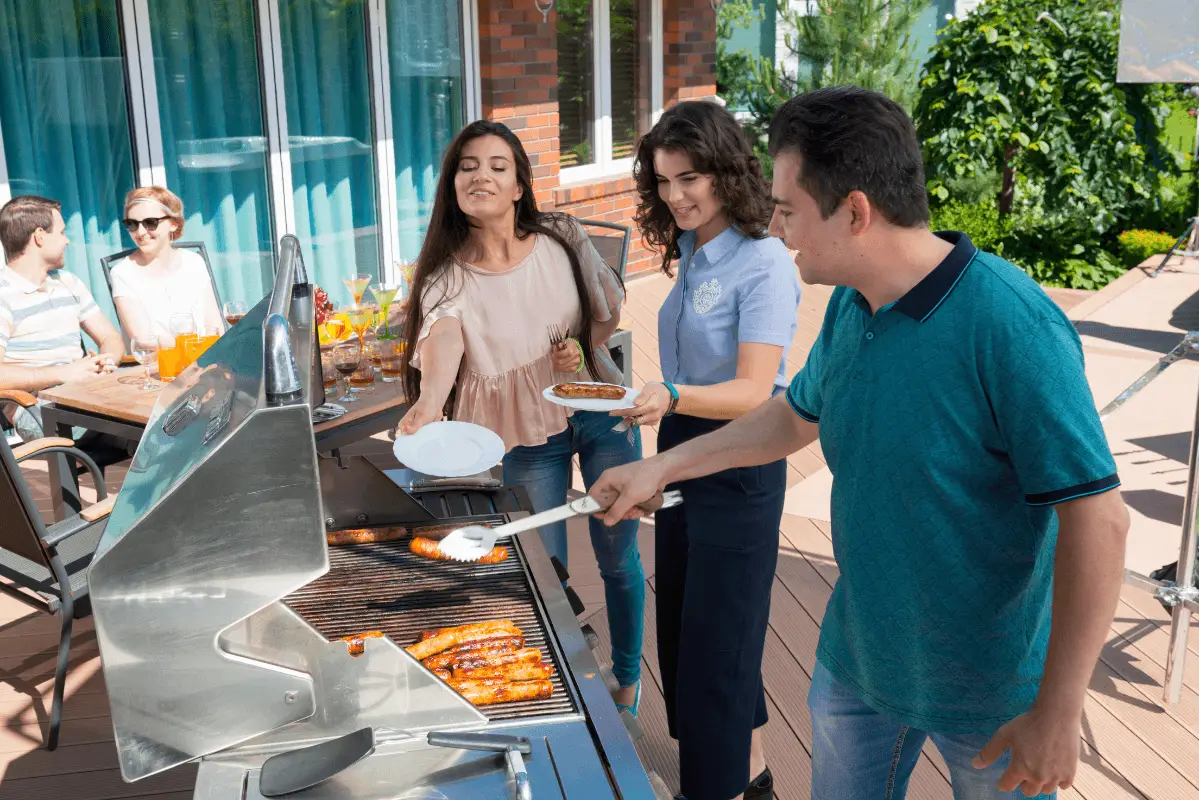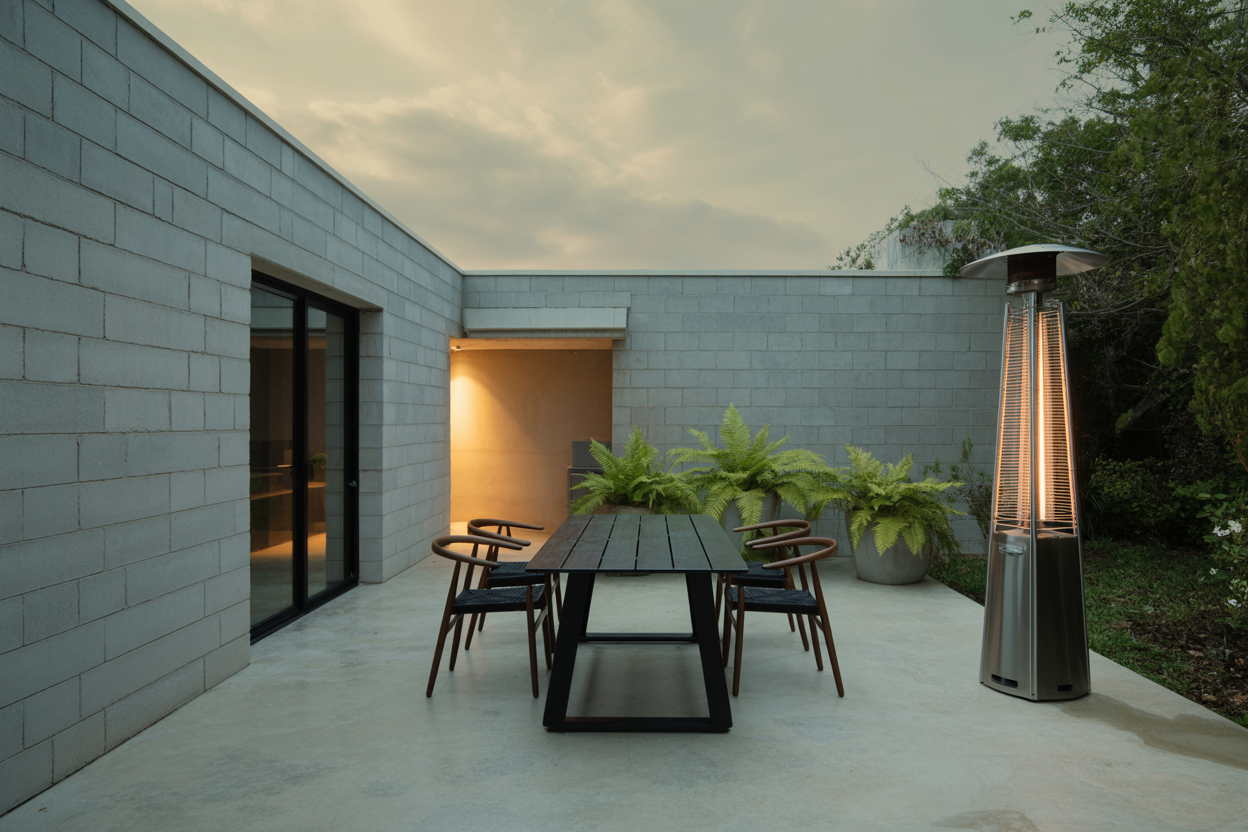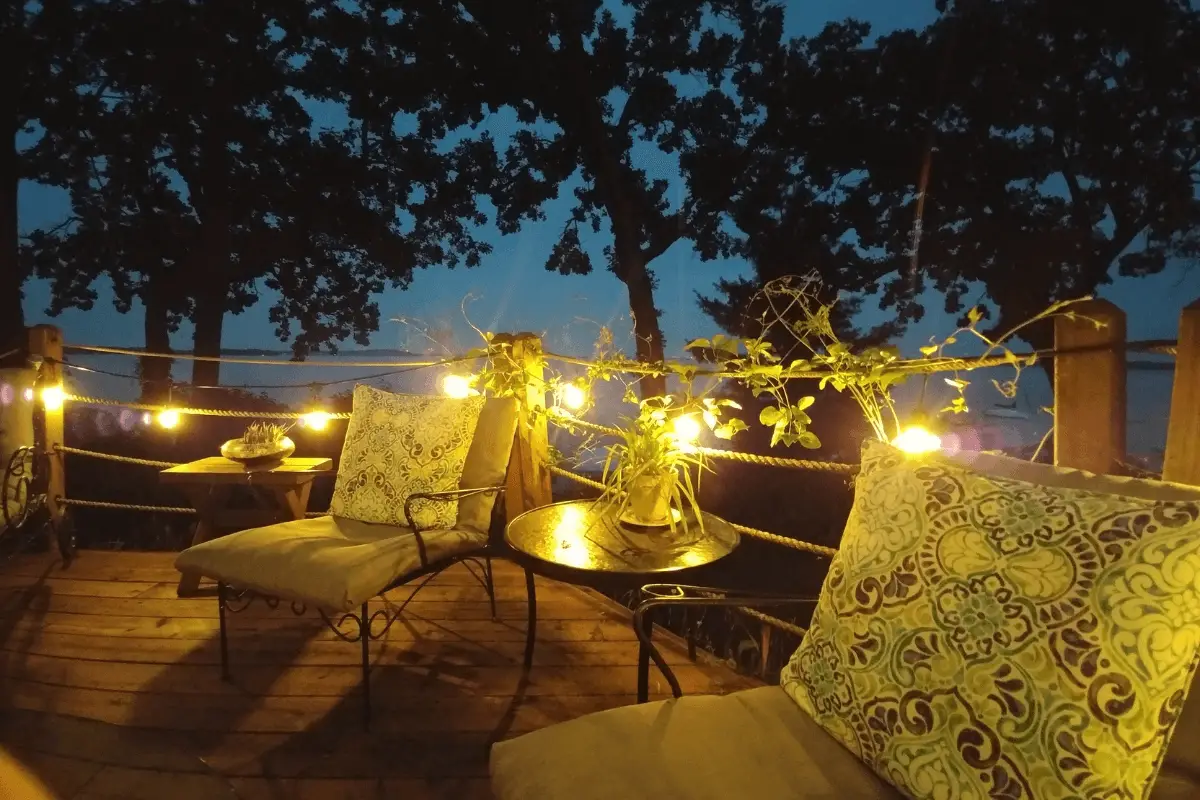How to Reduce Smoke in Your Fire Pit
If you’ve got aspirations of being a Pitmaster, you’ll want to know how to reduce smoke in your fire pit. As many of us are now getting into the spirit of outdoor grill cooking, some types of firewood make more smoke than others.
Not only can this affect the overall flavor of your food, but the cooking experience can be ruined as well. Controlling fire pit and grill smoke is easier to manage as you will find out.
How do I stop my fire pit from smoking?
There are specific reasons why wood is making smoke, and it’s easier to manage once you see why. Since the primary fuel you’re using will be wood, most grills and fire pits are wood-fired. This biggest mistake is being aware of some important facts about your firewood. Here are the top reasons:
-
Firewood is too green.
Any firewood that isn’t properly aged or kiln-dried is going to produce smoke. The problem starts with moisture that’s still inside the wood itself. Wood that is dried will have a moisture content that’s less than 20-30%. It takes at least 2-3 years before firewood is seasoned enough to burn properly to be on the safe side.
-
Using the wrong wood
Never use softwoods, including redwood, spruce, or pine, unless you’re using them as kindle wood. These softer woods have higher amounts of sap in them, so naturally, they’ll burn and obviously smoke. As these softer woods get hot enough, then hardwood can be placed on top.
Softwood can leave grilled meats with a flavor that makes them have a taste that isn’t pleasant. For this reason, this is why hickory, oak, ash, and cherry are preferred instead.
-
Left-over combustibles in the fire pit
It’s no big secret that the fat that drips down into the fire pit can soil the contents inside the grill. They may or may not burn-off depending on where they happen to fall. Using any leftover wood that hasn’t burned is fine but produces excess smoke from built-up oil and fat.
-
The wrong stacking method
Fire needs a continual flow of air that allows the flames to burn naturally. When air is limited, this causes fires to smoke rather than burn efficiently. This happens when the wood is not stacked like Lincoln logs. The lower kindle will burn-off, allowing heavier hardwoods to burn from below in a steady and reliable burn.
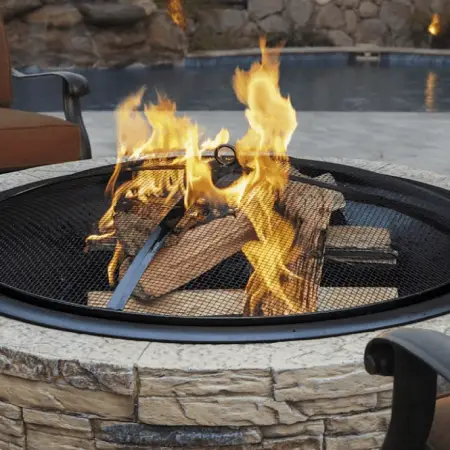
What wood should you not burn?
It should be obvious that some wood will be a big mistake to use in a fire pit and BBQ. These include moldy wood, stained/painted wood, wood pallet scraps, lumber scraps, Elm, Eucalyptus, and wood from the Sycamore tree.
These woods can include toxins within the wood from chemicals. As a result, your food and meat will taste terrible and you also risk becoming sick.
Aside from wood that has natural toxins, you shouldn’t risk cooking anything over questionable wood. Moldy wood can still add foul flavors that get into your food and meat. It’s not uncommon that stomach cramps and illness from mold poisoning can be a result.
For those who are allergic to mold and have asthma, this can cause you further health problems.
What is the best thing to burn in a fire pit?
The best material fuel for your fire pit and BBQ grill all relate to continual heat that’s essential for grilling. This also has another satisfying after effect that influences the flavor of the meat you cook.
These fuel sources will always include Hickory, Oak, Mesquite, Pecan nutshells, charcoal, and Cedar.
Further elements that add to flavor also include wine and whiskey barrel chunks or wood chips like Ash and Cherry.
Does a fire pit need air holes?
The answer is simply yes, fire pits, BBQs, and outdoor grills all need built-in air vents. These increase the circulation of air which can increase the heat when it’s needed. It can also stimulate wood that’s starting to smolder bringing it back to a burning fire.
Covered fire pits and BBQ grill have vents on the top and bottom. This further stimulates air to flow making the fire hotter or cooler depending on the flow of air.
What can I use instead of firewood?
Charcoal and charcoal briquettes are a nice alternative to firewood and they aren’t as finicky as firewood. They come ready to place into any outdoor grill and can be bought nearly anywhere.
Because they produce ample amounts of heat, they’re ideal for BBQ grilling.
Some brands that are compressed charcoal briquettes include bits of mesquite or hickory. Depending on your cooking preferences, these added wood chips add pleasing flavors.
What is the least smoky firewood?
As it goes, the harder the wood, the denser the wood is while it burns. Softwoods have pockets and higher sap contents, so smoke will be a secondary problem. The best hardwoods that have the least amount of smoke include Gamble Oak.
This is also called scrub Oak that’s found in California and in some parts of the East Coast of the US. There is also Bigtooth Maple and Pepperwood if you can find them.
Of course, finding wood that’s aged and dried correctly is one way how to reduce smoke in your fire pit. Where you order your firewood, this is one question you can ask beforehand.
Most of the wood that’s sold is stored outside and is stacked to allow air-flow through each pile.
What is the best firewood?
If you really want the best for fire pits or barbecue grills, you’ll find that fruitwood is best. There is applewood, cherry wood, and almond wood.
Not to forget that Oakwood is always a favorite for standard BBQs and is often sold as a fuel source. Oak is also one of the better hardwoods that give food a tasty smoky flavor.
Fruitwood is known for adding sweet aromas to food along with regional flavors like hickory and mesquite.

